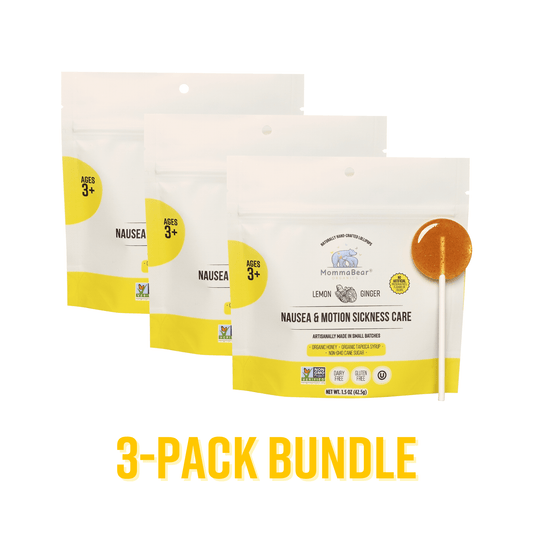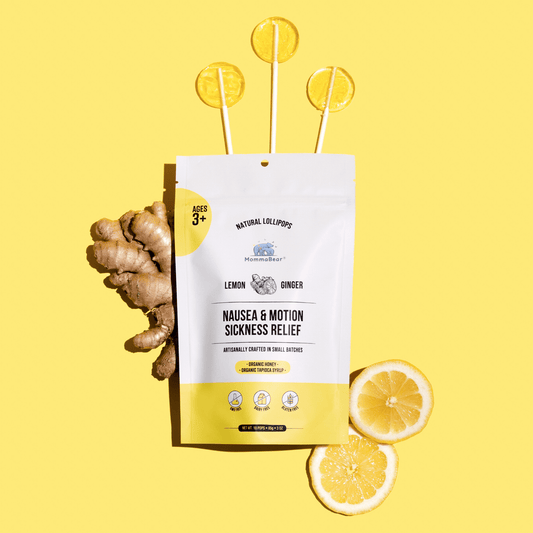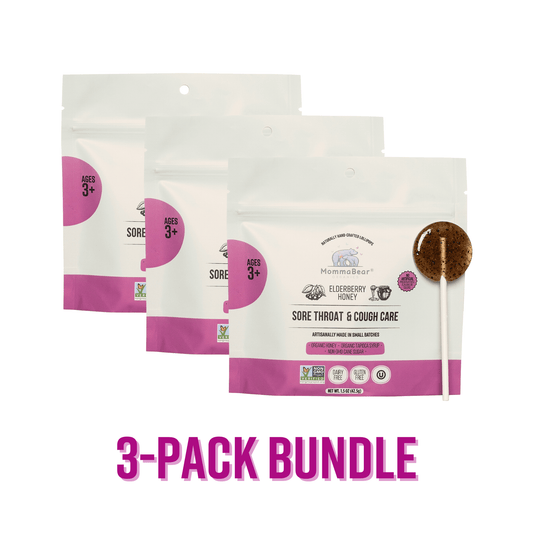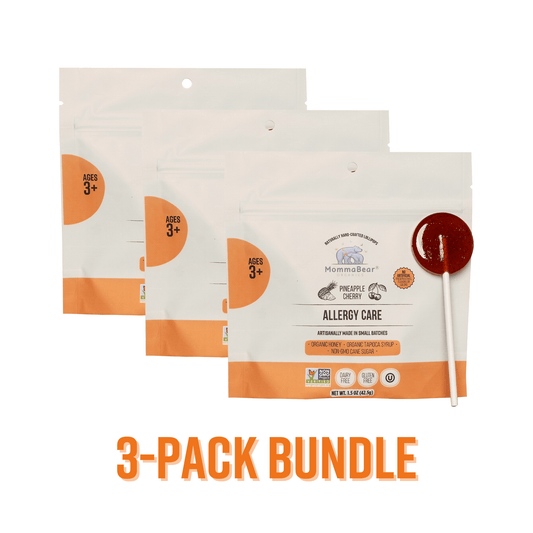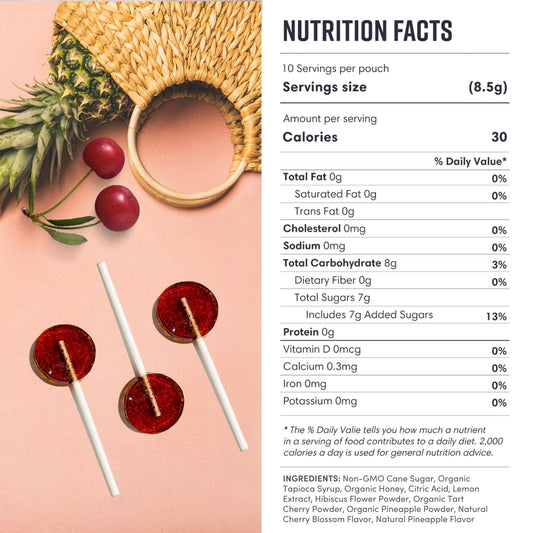Understanding Motion Sickness in Children
You know, motion sickness is one of those things you don't really think about until your kid is miserable in the back seat. It’s a really common thing, especially for kids. It's basically their brain getting mixed signals. Their inner ear is saying, "Hey, we're moving!" but their eyes are looking at a seat or a toy and saying, "Nope, everything's still." It's that disconnect that just makes them feel awful.
Honestly, it seems to hit the little ones between 2 and 12 the hardest. I guess their balance systems are still figuring things out. And it can totally derail a trip you were excited about. It’s tough on them, and it’s tough on us as parents trying to figure out how to make it better. Just getting a handle on what's actually happening has helped me feel a little more prepared when we have to get in the car.
Causes of Motion Sickness in Kids
So, the main reason is that sensory mismatch I was talking about. Their body feels the car moving, but their eyes don't see it. But I’ve definitely noticed some things that make it so much worse.
This is what I’ve seen trigger it:
-
Strong smells are a big one. Like, someone opens a bag of chips in the car and suddenly things take a turn.
-
Screen time is the worst offender in our family. I used to think it would be a good distraction, but focusing on a little screen while the car is moving seems to really amplify that sensory confusion.
-
Just being anxious about the trip can kick it off before you even leave the driveway.
-
And honestly, I think some kids are just more wired for it. It feels like it runs in families, you know? If you or your partner got carsick as a kid, there’s a good chance your little one might, too. It seems like reading or playing a game on their lap does the same thing as the screen—it forces them to focus on something still while their body is definitely not still. So yeah, we've had to learn that the hard way.
Symptoms to Look Out For
You start to learn the little tells after a while. If you can catch it early, you can sometimes head off the worst of it.
Here’s what I keep an eye out for:
-
The obvious ones: feeling sick and actually throwing up.
-
Getting dizzy or saying their head feels funny.
-
They might get really pale, or you’ll notice they’re drooling a bit more than usual.
-
For my youngest, the first sign is just getting cranky. A lot of whining can be a big clue.
Really, just paying attention to those little shifts in their mood can make a huge difference. If you can pull over, get some fresh air, and give them a break before it gets bad, you can sometimes save the trip. It’s all about spotting those first signs before you’re on the side of the highway with a sick kiddo.
Over-the-Counter Medicines for Motion Sickness
Okay, so when things are looking rough, a lot of us reach for over-the-counter stuff. I was really hesitant at first, and I think it’s always a good idea to chat with your pediatrician before giving your kid anything new. But there are a few options out there that are generally considered okay for kids.
Antihistamines for Motion Sickness
The most common things you'll find are antihistamines. They work on the part of the brain that controls nausea, which is pretty neat.
Here are a couple you'll probably see:
-
Dimenhydrinate (Dramamine): This one is usually fine for kids two and up. It’s kind of the classic go-to for a reason.
-
Meclizine (Antivert): This is for older kids, usually 12 and up. I guess they haven't really established if it's safe for the younger ones.
One thing to know about these is they can make your kid sleepy. Which, I mean, on a long car ride, might not be the worst thing in the world, right? But it’s not always ideal. Every kid reacts differently, so I’ve learned it's best to start with the smallest dose just to see how they handle it. It's all about finding that balance between helping them feel better and not knocking them out completely.
Non-Drowsy Options
Sometimes you need them to be awake when you get where you're going, so a non-drowsy option is a must. There aren't as many of these, but they exist.
-
Ginger supplements: I was surprised to find this one works pretty well. You can find ginger in all sorts of forms—chews, lollipops, capsules. It’s a natural way to help with nausea.
-
Some brands of antihistamines say they’re non-drowsy. You just have to read the box carefully and, again, it’s probably best to run it by your doctor.
At the end of the day, you have to watch your kid and see how they react. We're all just trying to make them safe and comfortable. I've also found that some simple things can help a ton, like cracking a window for fresh air, making them look out at the horizon instead of at their feet, and taking plenty of breaks. Sometimes just putting on an audiobook to distract them is enough to get us through a rough patch.
Prescription Medicines for Severe Cases
There have been a couple of times when the over-the-counter stuff just didn't cut it. For those really tough cases, it’s time to call the doctor. Prescription meds are stronger, but they need to be managed carefully. I made sure to tell our doctor about everything else my son was taking, just in case. They can really help figure out the best plan for your specific kid.
Scopolamine Patches
These are little patches you stick behind their ear. I’ve heard they work really well for long trips because they release the medicine slowly. They're generally for kids 10 and older. The doctor mentioned they could cause a dry mouth or make them a little drowsy, so you have to keep an eye on them. You have to put it on a few hours before you travel, but it can last for up to three days, which sounds super convenient for a vacation.
Promethazine
This is another prescription antihistamine that can help with really bad motion sickness. It's supposed to be very effective, but our doctor warned us that it can cause some serious drowsiness. So it’s one to use with caution. It comes in a few different forms, like a syrup or tablet, which is nice because it gives you options depending on what your child will actually take. It’s just another tool in the toolbox, but one you have to be extra careful with.
Natural Remedies and Alternatives
Honestly, I always prefer to start with natural things if I can. For mild cases, sometimes these are all you need, and it just feels a little better than jumping straight to medication. It seems like more and more parents are looking into these kinds of options, which is cool.
Ginger-Based Remedies
I’m a huge fan of ginger. I read somewhere that it’s been used for nausea for ages, and it really seems to help.
This is how we usually use it:
-
Ginger ale or tea: A warm cup of ginger tea can be really calming.
-
Ginger candies or chews: These are great because they feel like a treat.
-
Ginger capsules: For older kids who don't mind swallowing a pill.
It’s just nice to have a natural option that actually works. Plus, ginger is good for you in other ways, so it feels like a win-win. We’ve even started adding a little fresh ginger to smoothies at home.
Acupressure Bands
These are those little wristbands with a plastic button on them. They put gentle pressure on a spot on the wrist that’s supposed to help with nausea. I was skeptical, but a lot of people swear by them. They’re great because there’s no medicine involved, so you can use them with other remedies without worrying. They’re adjustable, which is good for tiny wrists. I think for some kids, just having something they can wear that they know is supposed to help gives them a little sense of control, which is half the battle.
Tips for Administering Medicine to Children
Okay, actually getting your kid to take any kind of medicine can be a real struggle. It’s a battle of wills in our house sometimes. Here are a few things that have made it a little less painful for everyone.
Dosage Guidelines
This is the serious part. You have to get the dosage right. Always, always follow what the doctor or the package says. It’s usually based on their age and weight, and guessing is not a good idea. Getting it wrong can mean it either doesn't work or you risk side effects. I started keeping a little chart on my phone to track what I gave and when, just so I don’t get confused on long travel days. It actually helps my older kid to see it, too; it makes it feel more official and less like a random thing I’m making him do.
Making Medicine Palatable for Kids
The taste is usually the biggest hurdle. I mean, would you want to take it?
Here are a few tricks I’ve learned:
-
A spoonful of applesauce or juice can hide a multitude of sins.
-
A little reward system never hurts. A sticker or a promise of extra story time can work wonders.
-
See if there are chewable or dissolvable versions. They're often way easier for kids to handle.
Honestly, the most important thing is just to be patient. I try to remember how big of a deal it feels to them and not get frustrated. Making it a calm, predictable routine helps. Sometimes we’ll sing a silly song or I’ll tell him a quick story right after. Whatever it takes to turn it from a fight into just another part of the day.
Conclusion
It’s all just trial and error, isn’t it? Managing motion sickness feels like one of those parenting puzzles you just have to solve one trip at a time. You try one thing, and it works for a while, and then you have to try something else. It's about being prepared and knowing your options, but mostly, it’s about knowing your kid. You figure out what makes them feel safe and comfortable. And hopefully, you create some happy memories along the way, even with a few bumps in the road.


